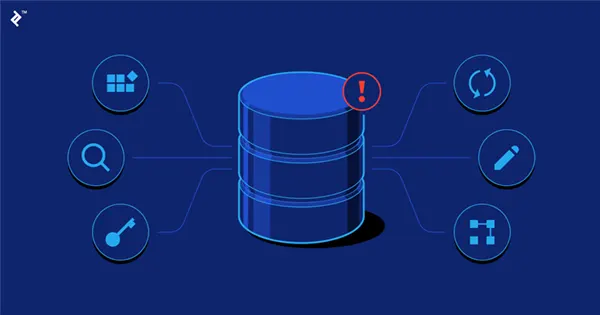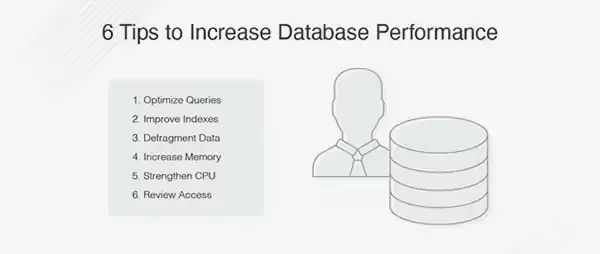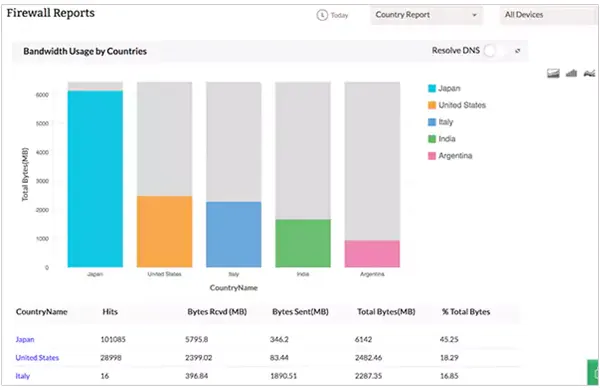Key Takeways
- Database breakdown can be resolved by checking the interconnection between the user request and the database system.
- Any changes made to the user’s information will impact the overall configuration of the files and disrupt the connection.
- Conducting regular inspections and keeping the system updated can prevent many future breakdowns.

Database breakdown is every system admin’s worst nightmare. According to research, it is believed that most of the database outages are caused by humans. To manage such situations, it is important to get laid back for a while.
Even the suspicion of a disruption can be stressful. Users panic about losing their data, shareholders are concerned about loss of revenue, and developers rush to identify the cause of the breakdown.
In this article, we will learn about a few common reasons for the failure of the collection of data and their best possible solutions.
Insight from Application Logs
Your app logs can give you clues for the reason that your server may be down. It might be because of connectivity issues or problems with accepting requests. It usually records errors if there are any problems because it handles client and info requests.
An application accepts requests and exposes an API that processes these requests, responds, and stores them in the input directory. However, it can break down if there is a problem with either or both of these network types.
Typically, app server frameworks come with an integrated logger. When it starts, its common practice is to accept log connections.
The port number is at the end of the log line. For example, a line that ends in 8000, shows that the server launched and accepted connections at this port.
Database Connection Error

The message “error establishing a database connection” means there is no contact between your Info base and your website files.
This error might be due to an unavailable indexing server, a non-operating hostname, or the wrong credentials in your config file. Every website has a config file, which stores the database username, password, name, and hostname.
If someone changed your data login details in the panel without making corresponding changes to the site’s config file’s connection, there would be no network between your site and the server.
The Hostname Isn’t Working
The database is accessed using a URL called a hostname. To check if it’s working, try to open it in your browser. If it doesn’t load, it’s probably wrong and needs to be replaced.
Replacing it isn’t hard because servers have numerous interchangeable hostnames, so you can just use the functioning one. You need to create one if there are no other hostnames for that server.
If the hostname does load, on the other hand, you’ll be asked for the username and password. You need to update them if they are rejected.
Check Your Provider’s Status Page

If you want to troubleshoot database issues and are using a managed service, the first thing to do is check your cloud provider’s status page. You can see if the infrastructure is working through AWS, Google Cloud Platform, etc.
The next step is to examine the status or logs of your info-base instance. Metrics like query statistics are a way to view details. The level of detail and layout of them varies between service providers.
Most cloud providers offer enough detail to help you troubleshoot. You can usually access the logs from the deployment management page.
DO YOU KNOW? The widespread mobile banking services have expanded exponentially in the last few years and paying virtually is big. Cloud computing for banking is a rising trend that will get bigger in the coming years.
Firewall Issues

You need to adjust the firewall to enable access for an app to the database when deploying it to different cloud platforms.
If you get the message “no route to host,” that can mean the routing logic is wrong, or a network component is down.
What’s more, dynamic IPs can change at any time. When an app’s IP changes, the app will not connect to the info-base unless you update the firewall to enable access.
Final Thoughts
Mistakes are natural and can’t be prevented completely. However, accounting for them timely and making necessary changes are vital. It’s usually best to deploy the collection of data and apps in the same region to prevent congestion and enable private communication.
If you can’t do that, you can try using a dedicated IP for your application. In case that isn’t feasible, allow access to the database via public networks.






